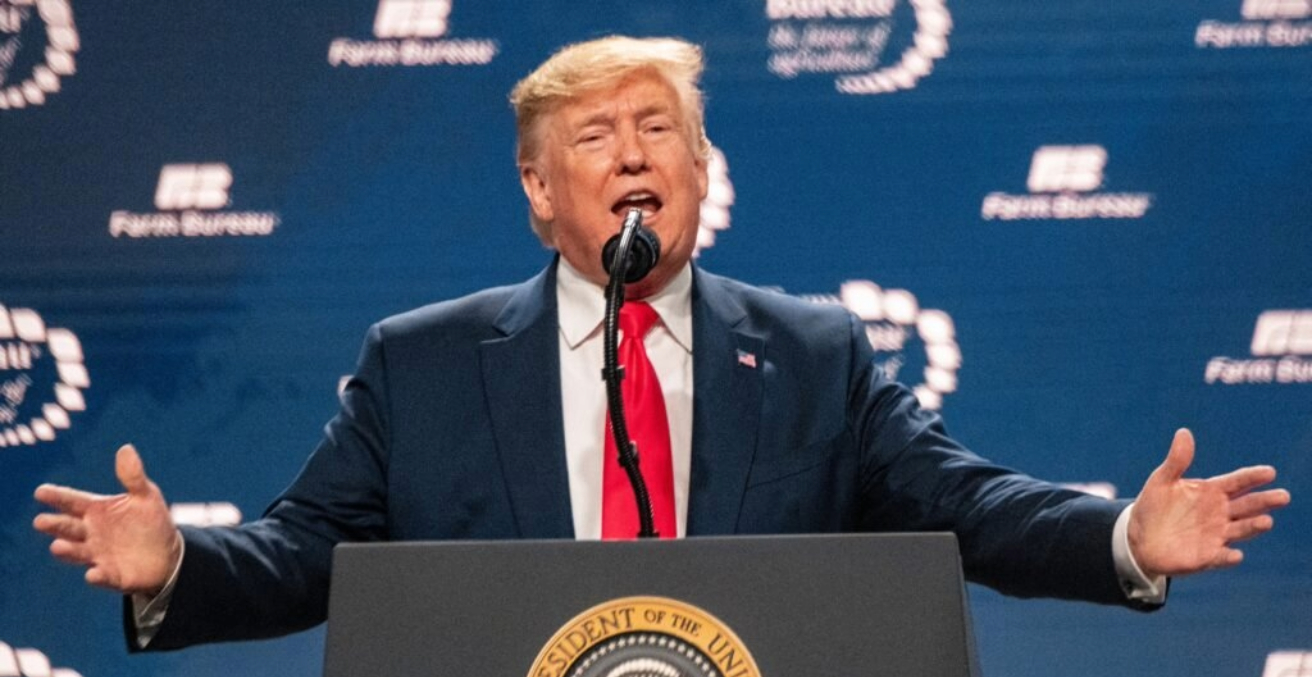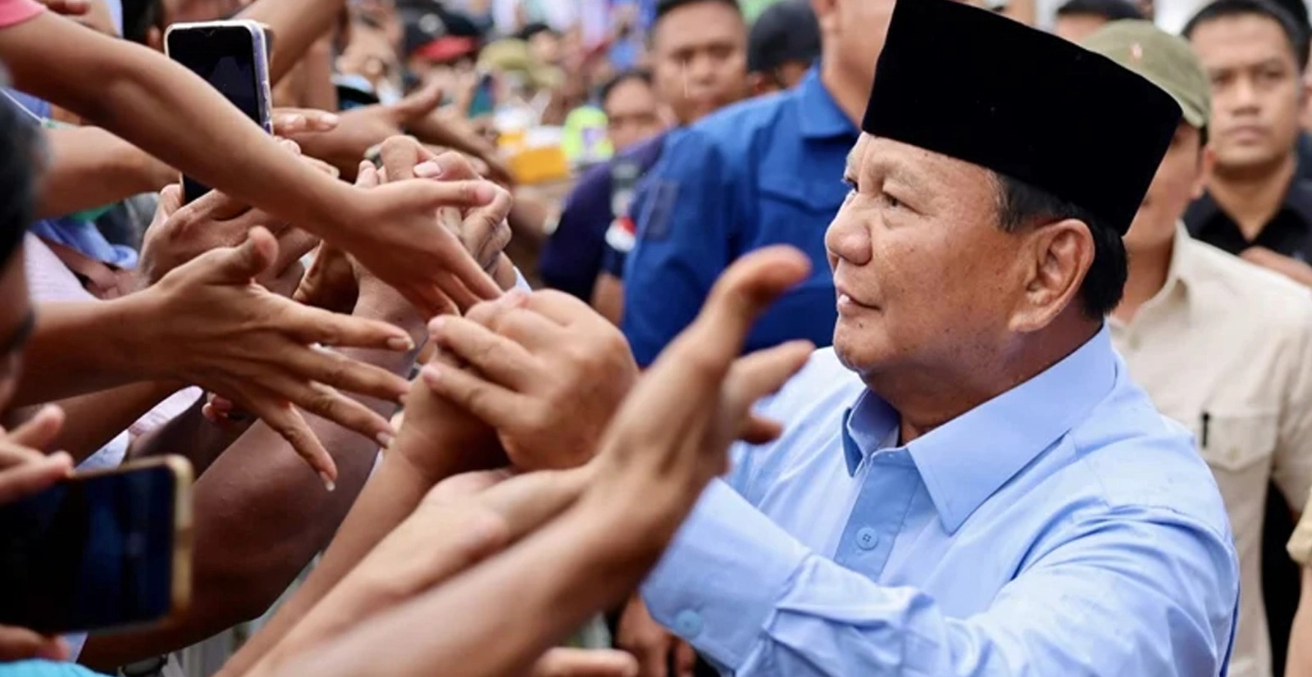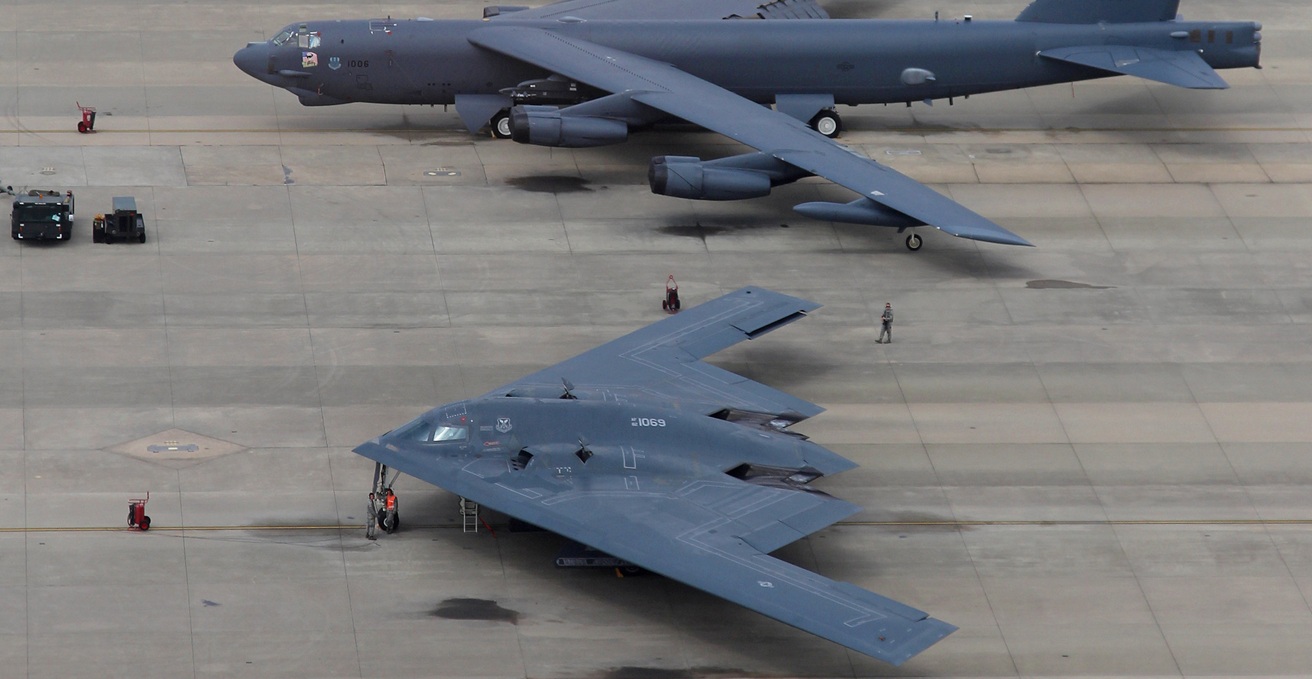US cabinet officials’ travel to the Indo-Pacific is increasingly driven by regional multilateral meetings. With these meetings held virtually in 2021, 2022 should see the US president and his team back on the road.
The world is now emerging from the restrictions and impacts of the pandemic, and in-person meetings have resumed. Yet during the brief interlude between Delta and Omicron COVID-19 surges, Indo-Pacific leaders once again convened through video conference in October, rather than in the tiny Southeast Asian state of Brunei.
Zoom diplomacy has been the norm throughout the pandemic. But the US does not have a good record when it comes to Zoom diplomacy in the Indo-Pacific region. In 2020, then-President Donald Trump and other senior cabinet officials did not attend the ASEAN and East Asia annual summits, even though no travel was required and all they had to do was show up virtually. Last May, a virtual meeting between Secretary of State Antony Blinken and his ASEAN counterparts was delayed as Blinken’s video connection failed while en route to the Middle East to ensure a cease-fire between Israel and Hamas. Although the meeting was finally held two months later, suspicions that the Biden administration was neglecting the region grew considerably.
US participation in regional multilateral forums is key to maintaining US influence in the Indo-Pacific. It not only signals commitment and diplomatic priorities but also shows that the US is interested in taking a multilateral approach to regional challenges. Four regional forums are particularly important in this regard: the Asia-Pacific Economic Cooperation (APEC), ASEAN Regional Forum (ARF), East Asia Summit (EAS), and ASEAN Defense Ministers Meetings Plus (ADMM+).
Since the Clinton administration, these regional multilateral forums have played a key role in driving cabinet-level diplomatic attention to the Indo-Pacific. The role that regional multilateral meetings have played in driving administration travel to Asia has varied considerably across administrations, but was particularly important between 2005 and 2012, as both President George W. Bush in his second term and President Barack Obama increased the US focus on Indo-Pacific.
Despite the perception that the Trump administration’s regional diplomacy was neglectful, senior members of the Trump administration travelled relatively frequently to Asia. However, the president himself rarely travelled to the region. Of these visits, 79 percent were made by the secretary of state and secretary of defense, with 15 visits and 14 visits respectively over a span of four years.
Furthermore, presidential travel since 1993 has primarily been driven by regional multilateral meetings. The only exceptions to this have been President Bill Clinton during his second term as he grew impatient with the unproductivity of APEC and ARF, and President Trump, who clearly held a grudge against multilateralism. On the other hand, for the secretaries of state, who travel more than any other cabinet official, regional meetings were a somewhat less important driver, with virtually equal numbers of visits to the region for bilateral and multilateral meetings.
Although secretary of defense travel has largely been driven by bilateral discussions, the dynamics have changed in the last 15 years. Regional multilateral meetings have become a substantial driver of travel for secretaries of defense to the Indo-Pacific. This is mainly due to the establishment of the Shangri-La Dialogue in 2002 and ADMM+ in 2010, which serve as forums for defense ministers from Asia-Pacific countries to engage in dialogue and enhance security cooperation.
Overall, the importance of regional multilateral forums as drivers of cabinet-level diplomatic travel to the Indo-Pacific has fluctuated over time. The Obama administration’s “pivot” to Asia strategy in particular elevated the priority these multilateral forums received in US foreign policy. The US formally joined EAS and ADMM+ to engage with regional countries in political and security dialogues. In the economic realm, it initiated negotiations for Trans-Pacific Partnership (TPP) trade deal to increase economic integration and regional influence. Consequently, the Obama administration’s visits to the region were more driven by multilateral meetings than in other administrations.
Although President Trump withdrew from TPP in 2017 and has been criticised for alienating allies due to his “America first” philosophy, his administration did not completely disengage from the region. While he only attended one meeting of APEC and EAS, and departed Manila before the main EAS leader’s meeting began, his cabinet officials routinely participated in regional multilateral meetings. Notably, his secretaries of defense did not miss a single meeting of the ADMM Plus.
So far, the Biden administration has indicated that it understands the importance of showing up at regional meetings. Once regional meetings occur in a face-to-face format again, the administration should use these opportunities to help drive focus and attention towards engagement with partners in Asia.
Umber Latafat is a postgraduate student in the International Relations program at the University of Sydney. Prior to this, she completed her undergraduate degree in Foreign Policy from Georgetown University. She is currently an intern in the Foreign Policy and Defence Program at the United States Studies Centre.
This article is published under a Creative Commons License and may be republished with attribution.




